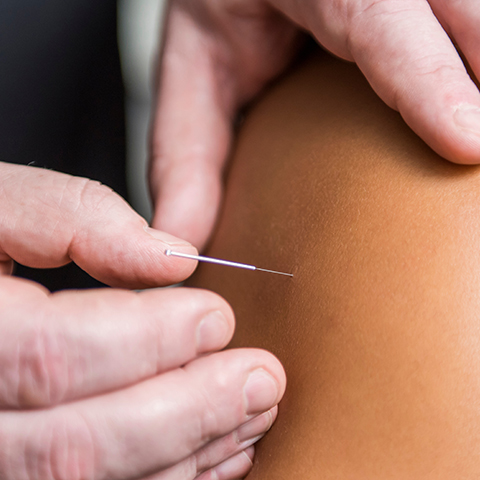Intramuscular Stimulation

IMS was developed by Dr. Chan Gunn, a pioneer in the treatment of pain and President of the Institute for the Study and Treatment of Pain based in Vancouver, Canada.
Dr. Gunn is also a Clinical Professor at the University of Washington, Seattle, US. In 2001, Dr. Gunn was awarded the Order of British Columbia, and in 2002, he became a member of the Order of Canada, our nation's highest honor.
How can IMS help you?
If you suffer from chronic pain and have tried medications, massage, traditional physiotherapy, osteopathy, or chiropractic and still do not find lasting relief, your pain could be caused by muscle shortening.
Muscle shortening produces pain by pulling on tendons, straining them as well as distressing the joints they move. This constant strain can press on and irritate the nerves, leading to a condition now recognized as "super-sensitivity" of your nerves and nerve endings.
IMS can help this condition by inducing the shortened muscle to relax, which relieves the pain. The effects of IMS are cumulative, with each treatment stimulating a certain amount of healing, until eventually, the condition is healed and the pain disappears.
In pain of recent origin, one treatment may be all that is necessary. In recent published studies of patients with low back pain, the average number of treatments required was of 8.2.
How can Acupuncture help you?
Acupuncture can be very useful to alleviate and manage pain. Current research on pain management provides concrete neurophysiological evidence for the use of acupuncture in a wide variety of pain syndromes.
Acupuncture stimulates the body to produce its own pain relieving chemicals called endorphins, which help to block pathways that relay pain messages from the body to the brain. The improved energy and biochemical balance produced by acupuncture stimulates the body's natural abilities, reducing inflammation and promoting physical and emotional well-being.
